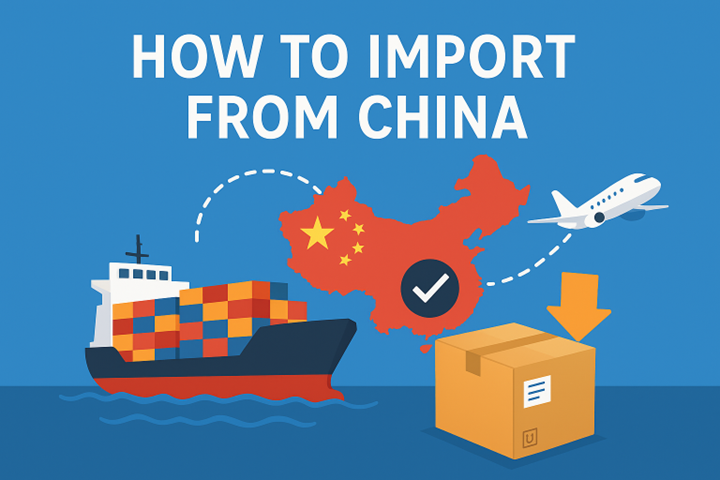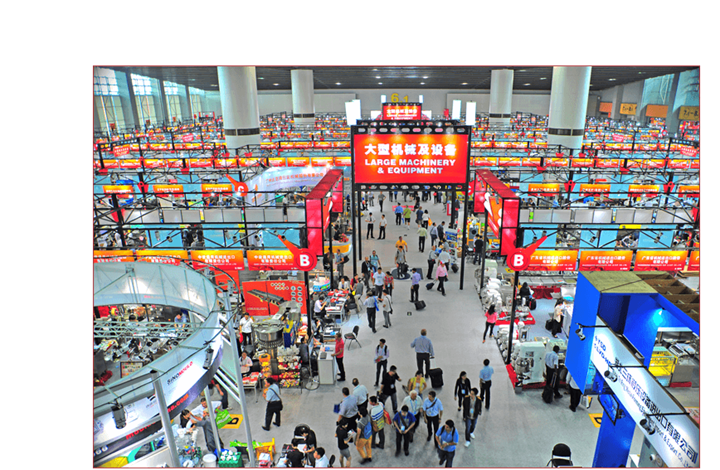
Is procuring goods your daily job? Are you considering becoming an importer of a specific product? Looking for alternative suppliers or ways to transport your cargo? Navigating the logistics of importing from China can feel overwhelming, but when broken down, it’s a strategic process that unlocks immense business potential. China remains the indispensable factory of the world, offering unparalleled manufacturing scale and competitive pricing.
Contents
This comprehensive guide takes you step-by-step, starting from supplier identification all the way to warehousing your final products. Our goal is to make importing products from China a breeze, streamlining your supply chain, minimizing risk, and maximizing your profit margins.
Create Your No-Cost Account Today and experience the New Era of Logistics
Ready to learn the logistical secrets of how to import from China successfully? Let’s begin.
Just like finding the right partner in your personal life, identifying a reliable supplier has the same long-term effects. Taking the time to choose the proper manufacturer can save you significant money, time, and hassle down the road. This phase is crucial for any business looking to import from China. Remember that when working with suppliers in China you need to be aware of how Chinese New Year affects their business, read our guide on How to be prepared for the Chinese New Year?
Today, there are many options for finding manufacturers, but a simple Google search often isn’t enough—especially since many smaller or highly specialized Asian factories aren’t indexed on Western search engines.
Once you have identified 3–4 potential suppliers for similar products, the real work of due diligence and negotiation begins. This comparative process helps you understand differences in factory processes, product quality, terms, and, critically, communication.
Schedule thorough negotiations to finalize the following aspects when ordering from China:
| Negotiation Point | Key Consideration | Risk Mitigation |
| Price | Base unit cost. Look for bigger discounts as your order quantity (MOQ) increases. | Lock in tiered pricing schedules for future scaling. |
| Certificates | Must confirm compliance for your target market (e.g., CE, RoHS, FDA, FCC). | Ask for proof of European reference orders to confirm market readiness. |
| Production Capability | The supplier’s capacity to meet your long-term demand and turnaround time. | Confirm maximum monthly output and production lead times. |
| Minimum Order Quantity (MOQ) | The lowest number of units they will produce. | Negotiate a lower MOQ for first/sample orders to manage risk. |
| Incoterms | This defines who pays for and manages the shipment at various points (e.g., FOB, EXW). (Read our full guide to Incoterms 2020 Explained). | Insist on FOB for larger shipments, which gives you control over the logistics from the Chinese port. |
| Payment Terms | Standard is often 30% deposit before production and 70% upon completion/inspection. | Never pay 100% upfront. Use secure methods like Trade Assurance. |
After initial price and product agreements, you must confirm market compliance.
This is where true cost efficiency for importing products from China is found. After samples are approved, you need to decide how to move the bulk cargo.
You have three main modes of freight: Air, Ocean, and Rail. The best choice depends on a crucial balance of time, cost, and cargo characteristics.
| Transport Mode | Rate (Est.) | Delivery Time | Ideal Cargo Type | Key Advantage | Key Disadvantage |
| Air Freight | 4-7 EUR/kg | 4-21 days | High-value, small, heavy (moulds, electronics, valuables), or urgent goods. | Fastest delivery. Low risk of in-transit damage. | Highest cost. Expensive for volumetric or big-dimensioned goods. |
| Ocean Freight | 0.5-1 EUR/kg | 70-120 days | Low-unit-price, volumetric, big-dimensioned, or heavy goods (metal, furniture). | Lowest shipping cost, essential for importing containers from China. | Longest transit time. Risk of General Average (cargo owners share loss). |
| Rail Freight | 0.5-1.5 EUR/kg | 30-45 days | Average unit price, volumetric goods (plastic, machinery), where 1-2 months’ transit is acceptable. | Cost-effective and relatively fast middle ground. | Capacity is smaller than sea/air. Passing Russia is restricted for certain goods. |
The Rule of Thumb
All seasoned veterans in importing from China who are ordering from multiple sources know that consolidation is a must-use strategy.
Consolidation involves combining shipments from different suppliers into a single, larger shipment (ideally a shared or full container). This efficiency significantly reduces your shipping cost per unit, often by more than 40% for customers shipping pallets.

Once the shipment is ready, you must decide how the transportation and customs clearance will be managed.
You have two primary ways to arrange the final transportation:
The Incoterm you agree to with your supplier (Step 2) is a critical legal term that defines the exact point at which the responsibility and risk of the goods shift from the seller to the buyer.
Once your import goods from China reach the destination country, they must undergo customs clearance. This is due to the fact that all 3rd-country imports (outside the EU/local trade zone) require formal clearance. Read our Comprehensive Guide to Importing Goods into the EU
Customs clearance is a procedure where multiple factors are combined to determine the final duties and taxes: (Ensure you have your EORI number before clearance).
There are three main ways to manage the import customs clearance:
| Option | Pros | Cons | Best for |
| Freight Forwarder | Smoothest process; they already have the required documents and can manage issues quickly. Bulk pricing may offer a discount. | Slight intermediary cost is included in the service fee. | Most common, recommended for consistent importers and those new to importing from China. |
| Customs Broker | Highly specialized knowledge for complex products or niche industries. Best cost and time efficiency for specific, high-volume declarations. | Requires separate communication and management outside your main logistics partner. | Very specific, high-compliance products or businesses with extremely high, regular declaration volumes. |
| DIY Clearance | Cheapest option; every cent is saved on service fees. | Most time-consuming. Navigating the customs system can be complex and frustrating for first-timers. Declarations can take hours. | Edge cases only: when every cent is crucial, or you have previous customs experience. |
After customs clearance and payment of duties, the cargo is legally released for final mile delivery.
With first shipments, temporary storage may suffice. However, as orders grow consistent, you’ll face a critical decision about long-term storage and fulfillment.
Successfully importing from China is a systematic process encompassing product sourcing, diligent negotiation, strategic logistics planning, and compliance management. These steps are unavoidable, but when optimized, they create significant savings in time, cost, and cash flow.
By following this expanded guide, you can ensure that your process—from ordering from China to final storage—is efficient, compliant, and poised for growth.
Ready to streamline your next shipment? Let’s discuss how to import from China smoothly and cost-effectively with our instant-quote portal.
Create Your No-Cost Account Today and experience the New Era of Logistics
| Purpose | Recommended Website |
| Organizing Transport | www.mydello.com |
| Finding Suppliers (Ocean Data) | www.importyeti.com |
| Duty Calculation | www.simplyduty.com |
| Local Import Requirements (Example) | Your Local Customs Authority Website (e.g., ttja.ee, tullverket.se) |

